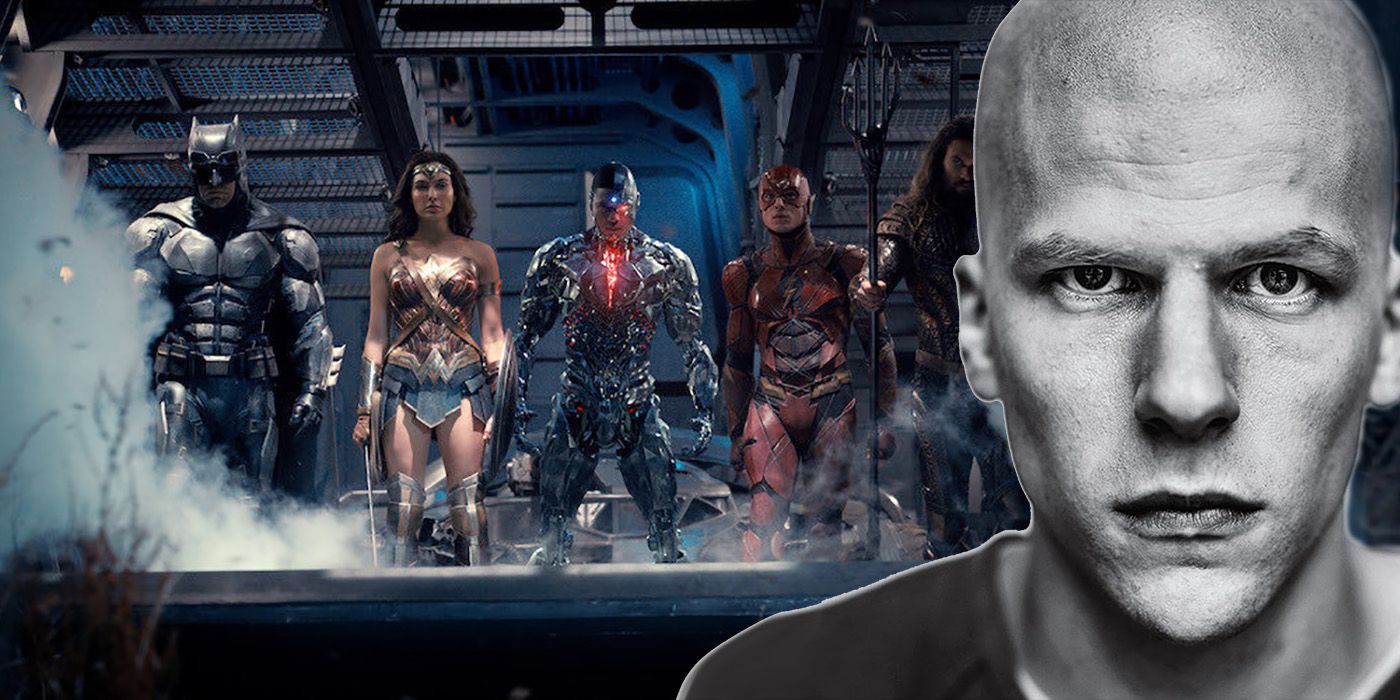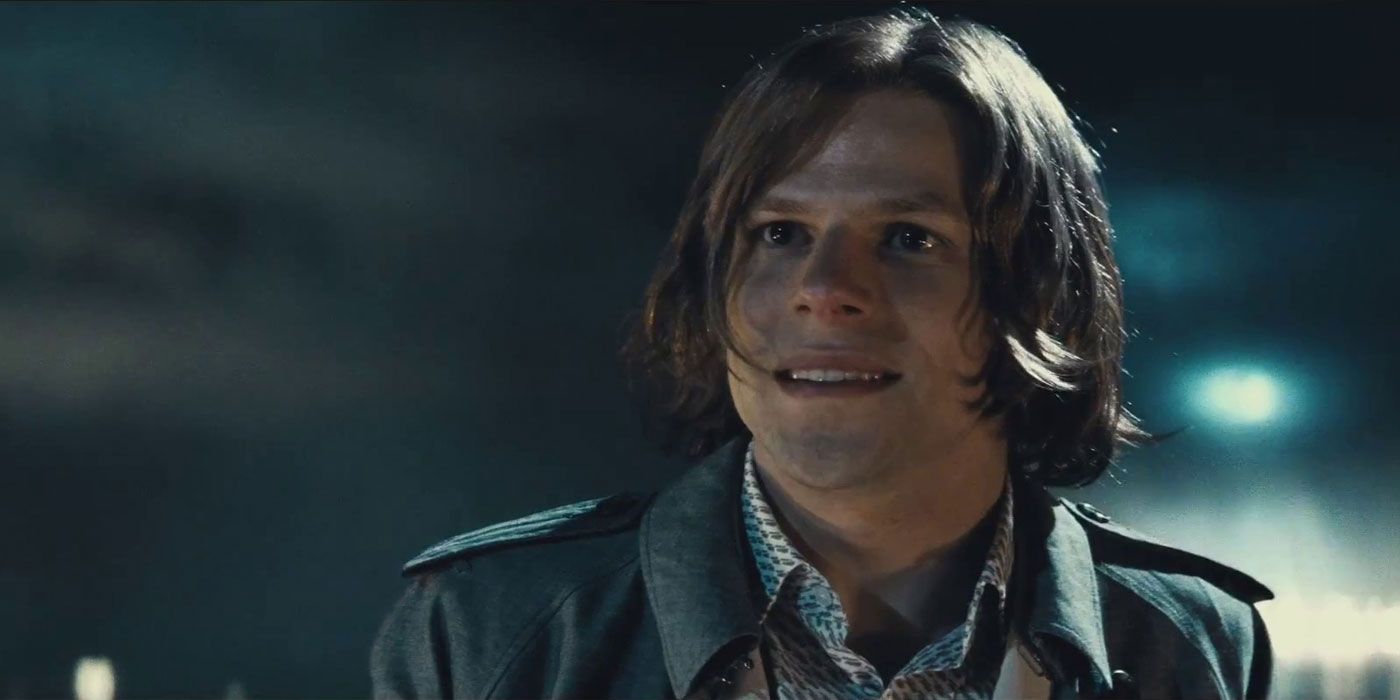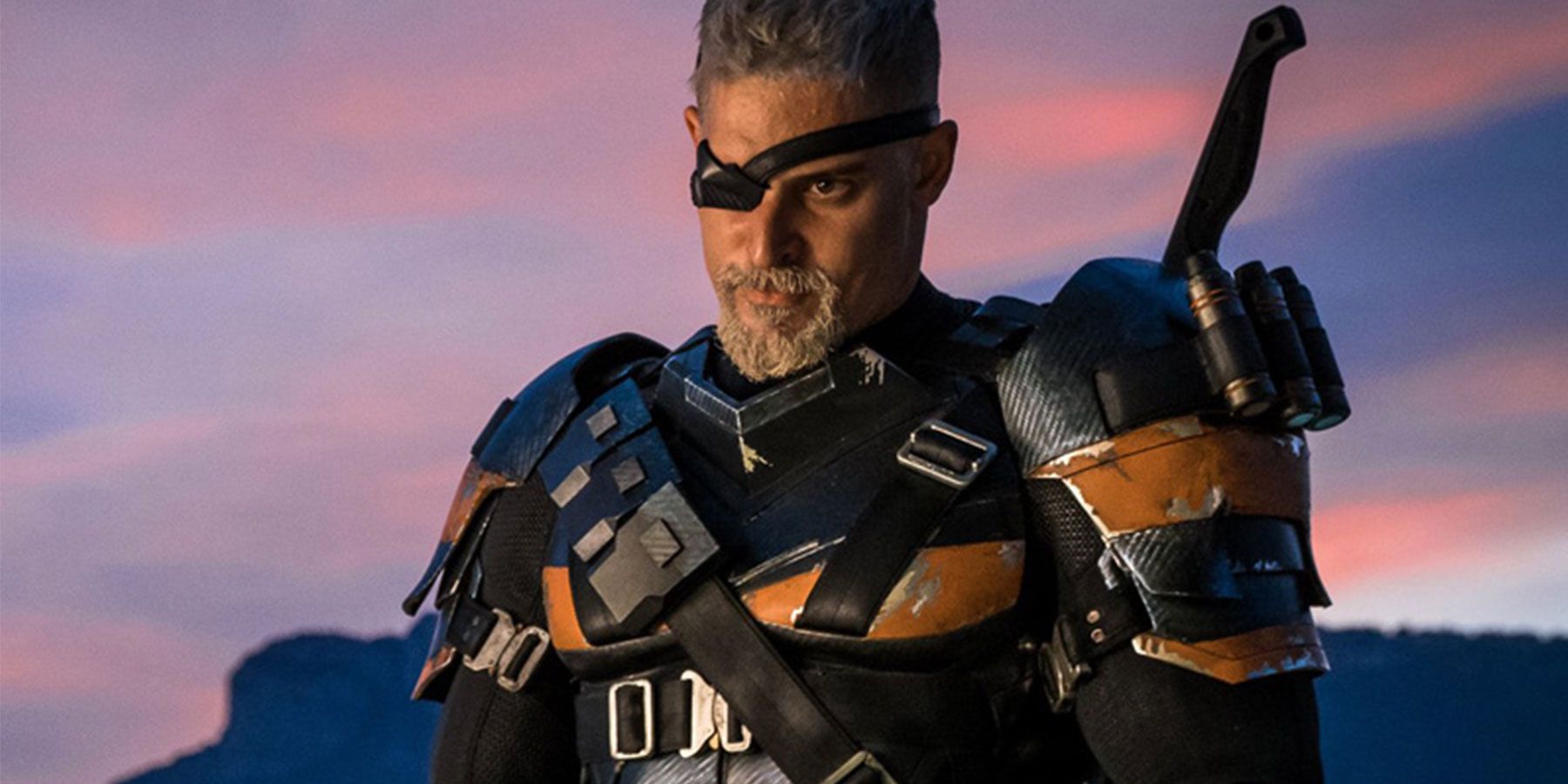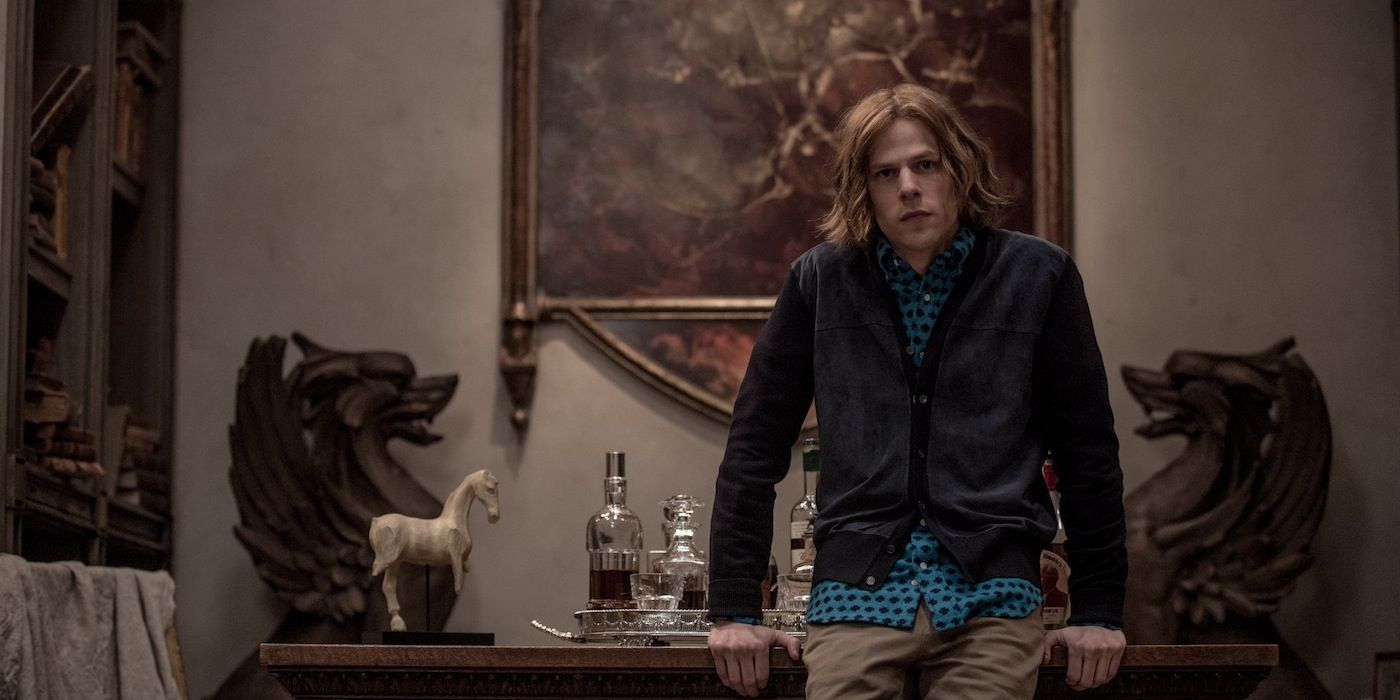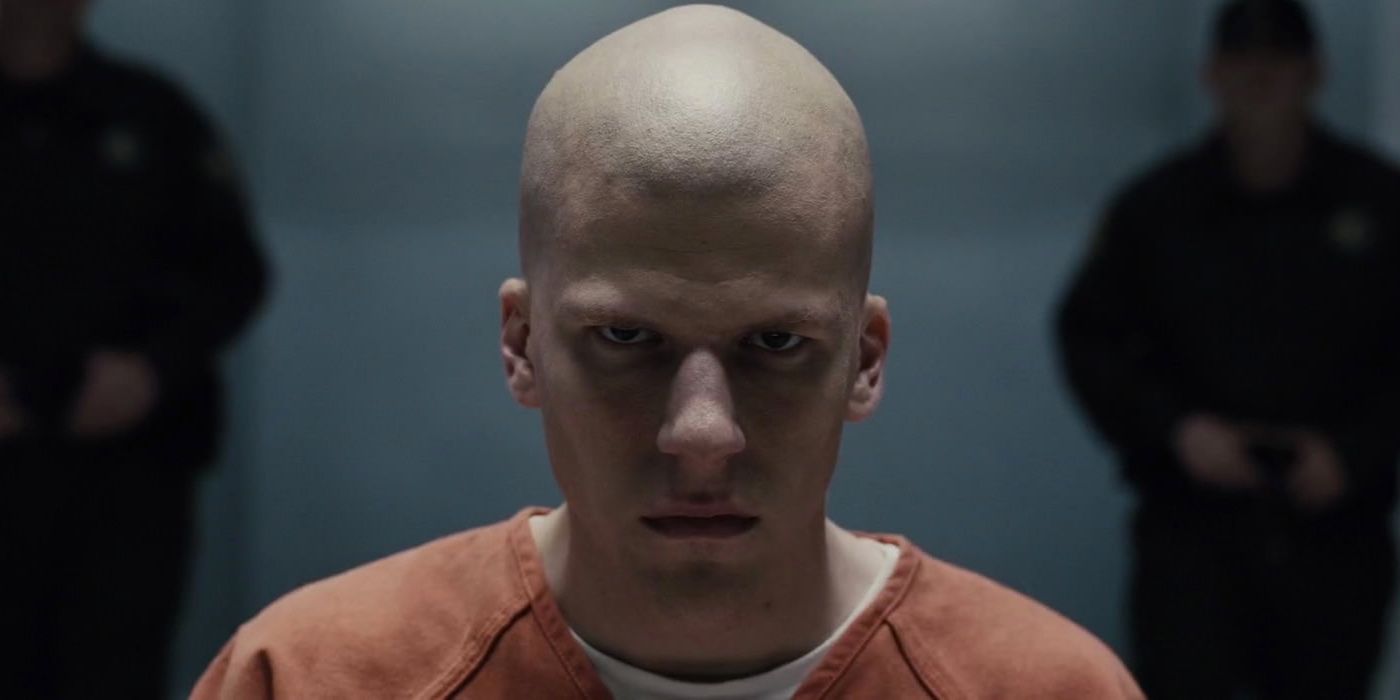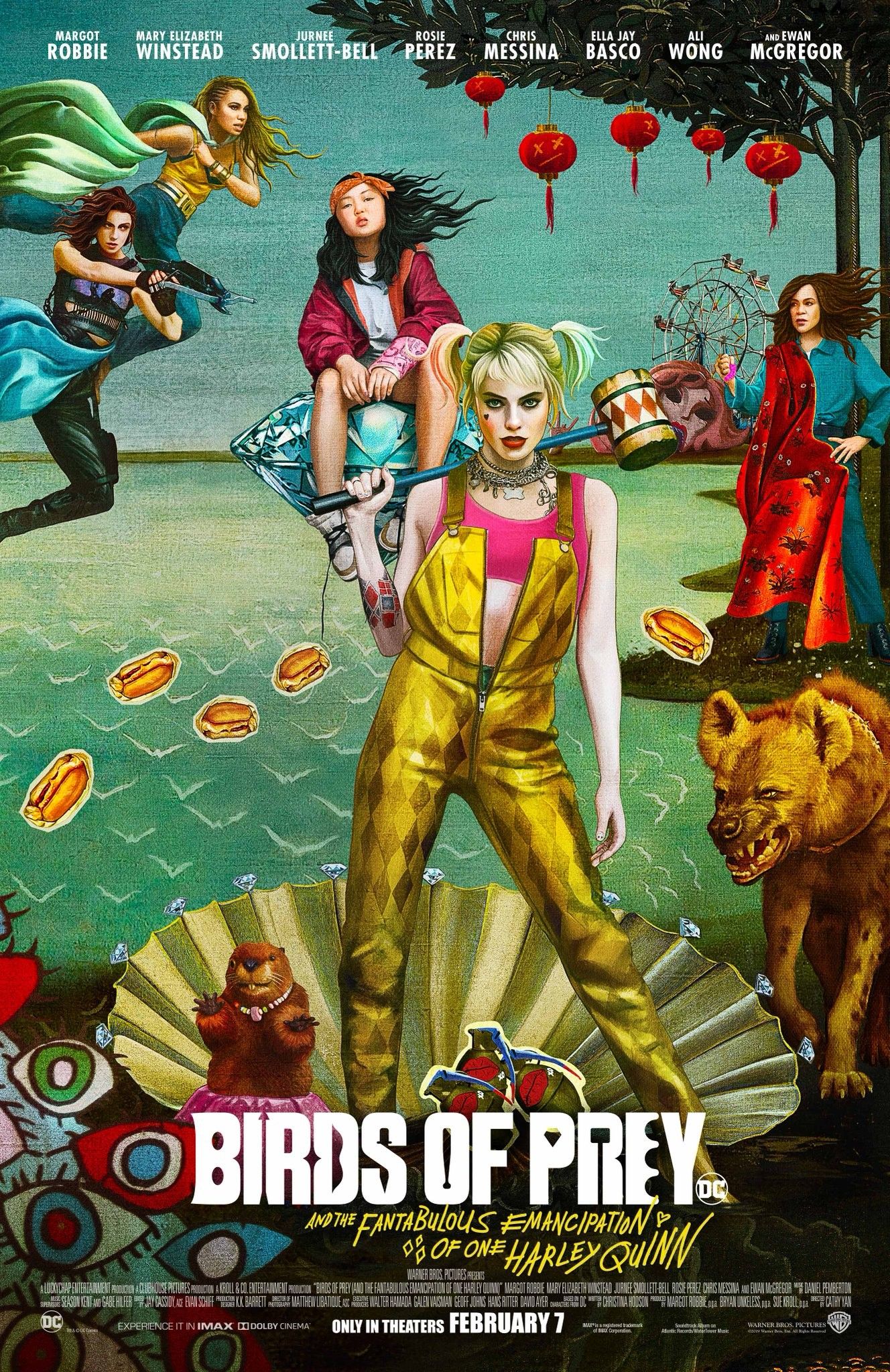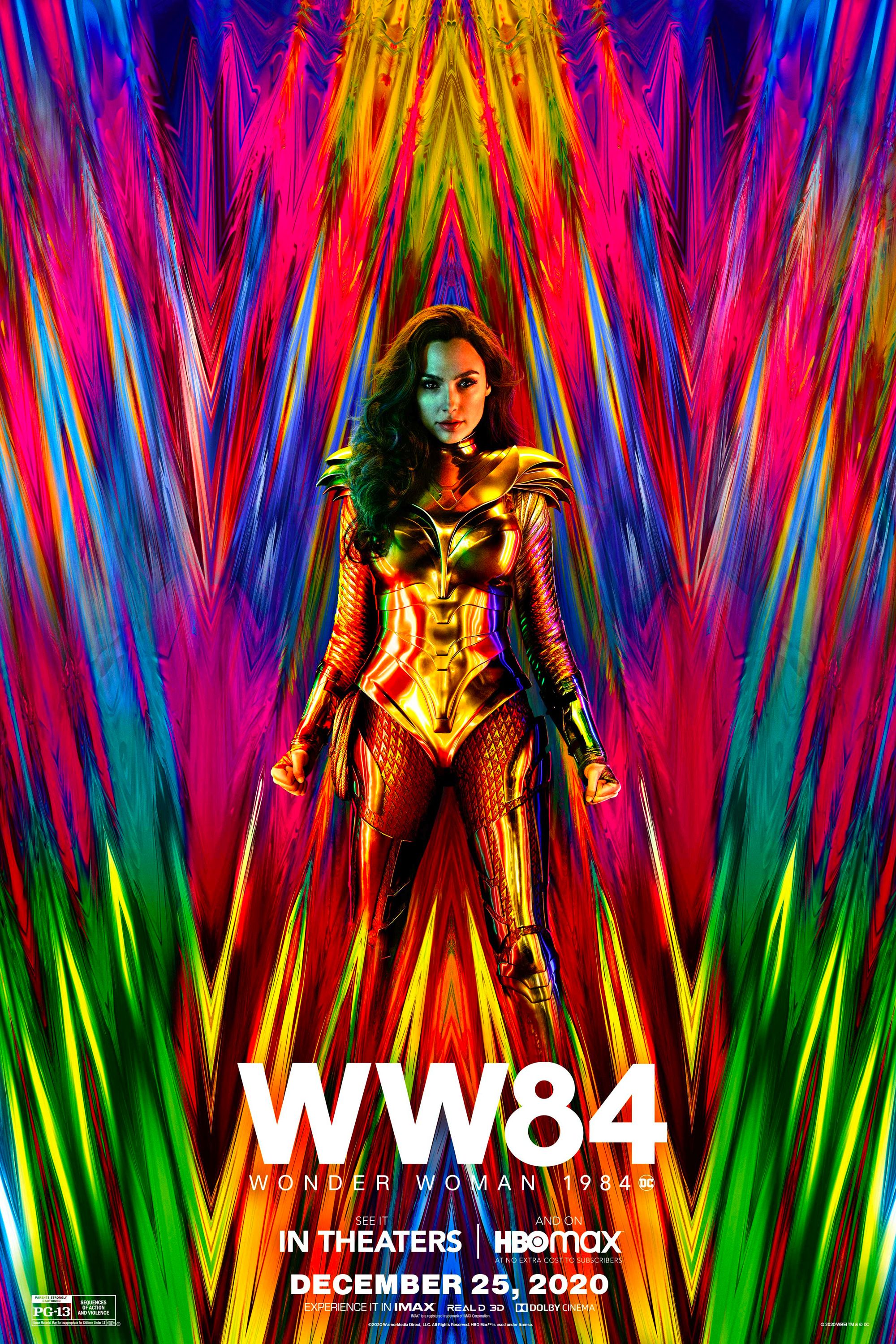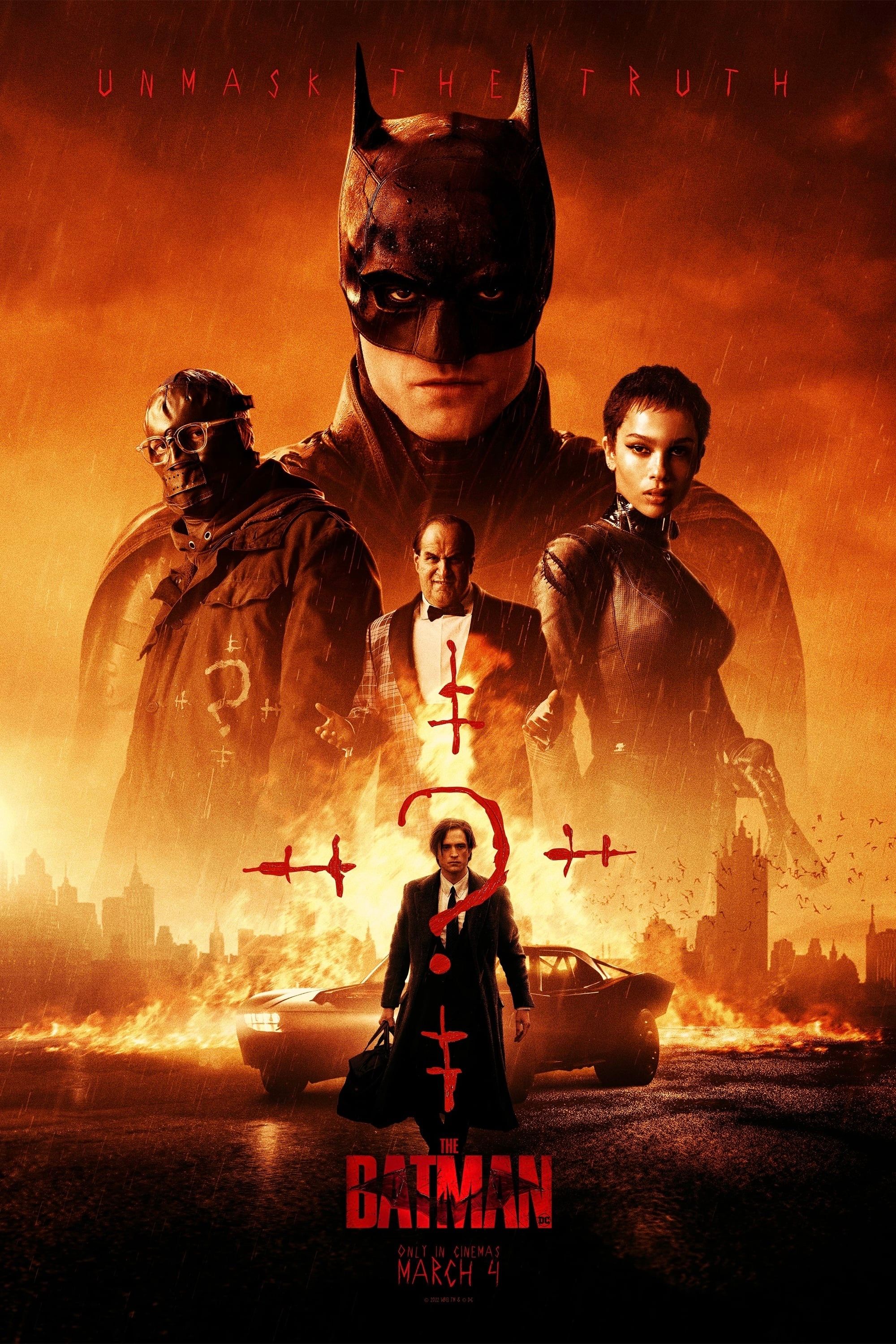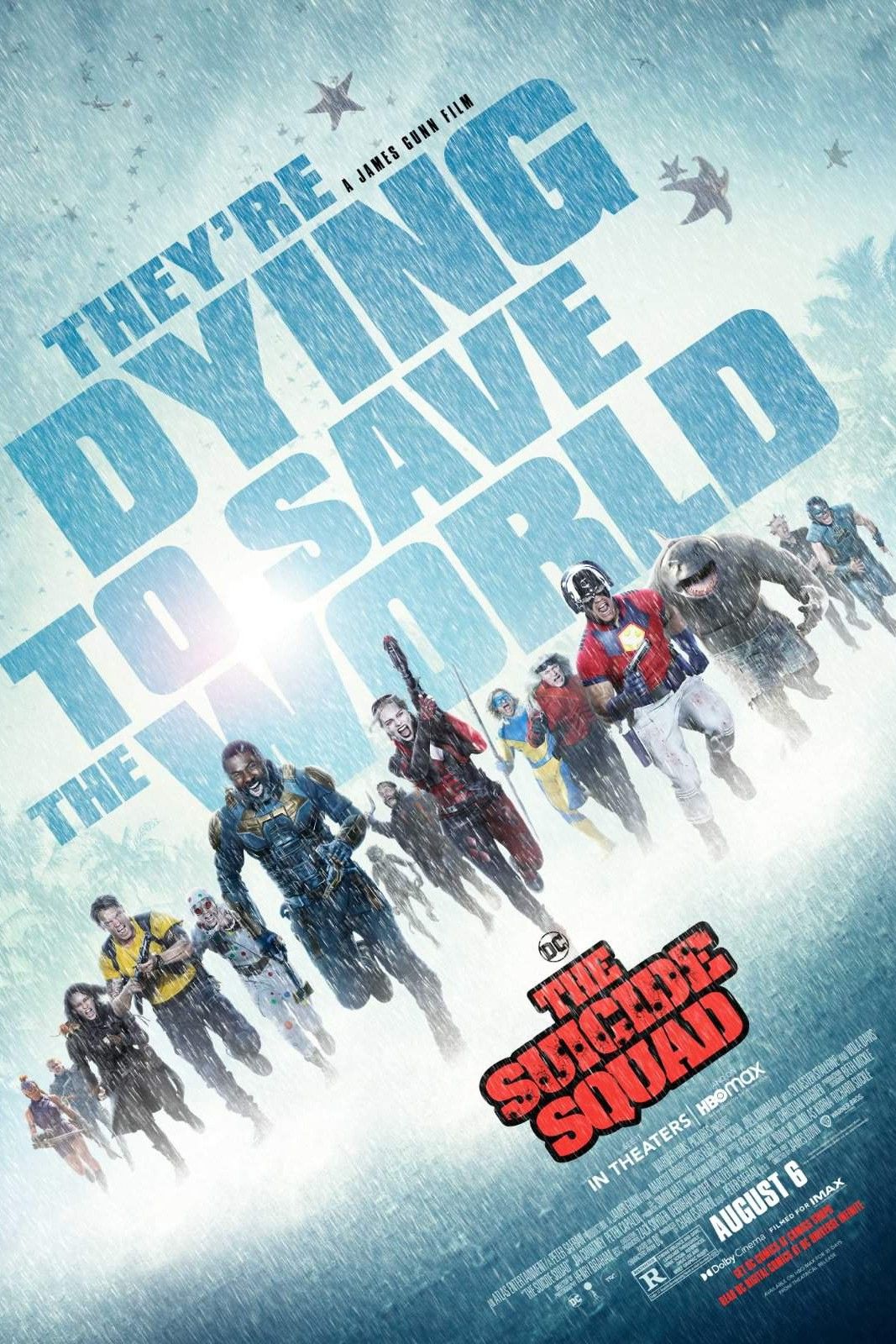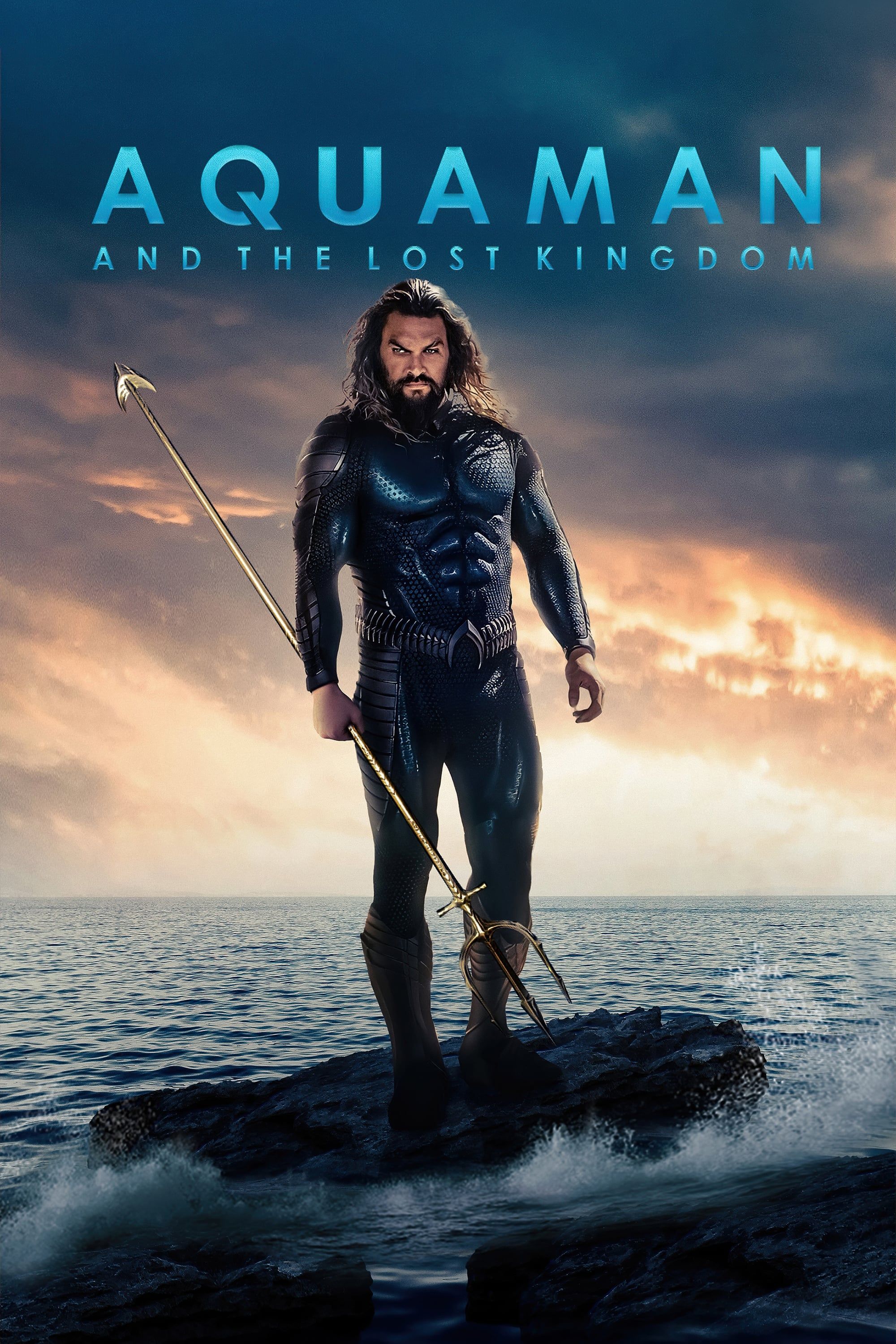Like many other characters in Justice League, Lex Luthor's role in the movie saw its own set of alterations. Following Zack Snyder's departure from the superhero ensemble in the wake of a family tragedy, Justice League underwent a series of reshoots that drastically altered the film from what the director had intended. With the two-year anniversary of the movie's release approaching, there continues to be a major ongoing push for the release of the "Snyder Cut" of Justice League, a goal that a growing number of the cast and crew have begun vocally supporting, with Jason Momoa even confirming to have seen Snyder's version of the movie himself.
The topic of the Snyder Cut is still catching up with even some people who worked on the film, with Jesse Eisenberg expressing his own ignorance of the matter prior to being asked in a recent interview with the Lights Camera Barstool Podcast. However, Eisenberg would also add additional fuel to the demand for Snyder Cut in another way. Specifically, by confirming that he shot more scenes beyond Lex Luthor's end-credits appearance, which makes up the entirety of his role in the theatrical cut of Justice League.
It should be noted that Luthor's role in Zack Snyder's version of Justice League is very likely still a minor one, with the movie having placed its villainous emphasis on Steppenwolf, along with a rather significant role for Darkseid, who ended up being excised from the theatrical version. However, in addition to Eisenberg's words, considerable evidence exists to indicate that, while Lex Luthor was still on-screen in a limited capacity in Zack Snyder's original cut of the film, his role was far more important than the theatrical cut. Here are the ways in which Lex Luthor's role in Justice League was much more consequential in the Snyder Cut.
Lex Luthor’s Original Role In Justice League
Jesse Eisenberg hasn't given explicit details on what Lex Luthor's additional scenes in the original cut of Justice League consisted of, or how many there were. However, concept art for the film along with some content from the theatrical version can be used to piece together a rough picture of what Luthor's full role may have been. Specifically, Bruce Wayne and Alfred Pennyworth mentioning Luthor's "journals" in the theatrical cut points to these as being a bit of a MacGuffin for the first act of the Snyder Cut of Justice League. This is further strengthened by concept art for Justice League depicting Luthor in Arkham Asylum with a collection of notebooks on his bed.
Luthor had previously managed to access the database of the Kryptonian scout ship in Batman v Superman: Dawn of Justice, while the Ultimate Edition also shows him in a communion of sorts with Steppenwolf (the scene itself was even titled "Communion".) This points to Luthor's activity in the scout ship as the source of the contents of his journals, which would serve to buttress his metahuman files uncovered by Bruce and viewed by Diana in the movie. All of this indicates that Luthor's role in the Snyder Cut would have involved Batman visiting him in Arkham and retrieving the journals, then using them and Luthor's metahuman files to learn about the Mother Boxes and the coming invasion from Apokolips, along with locating Arthur Curry, Barry Allen, and Victor Stone to form the Justice League.
Justice League’s End-Credits Scene Was Going To Set Up The Batman
While the end-credits scene of the theatrical incarnation of Justice League was largely directed by Zack Snyder, Lex Luthor's line "Shouldn't we have a League of our own?" was drawn from the Joss Whedon-directed reshoots. While this is just one more example of the extensive changes that Justice League was subject to, it also offers more context for Luthor's role in the Snyder Cut, along with the role Ben Affleck's Batman solo movie was meant to serve within the DCEU. While either version of the scene depicts Luthor having a meeting on his yacht with Deathstroke, played by Joe Manganiello, the scene as Snyder had directed it would have concluded differently as there's video evidence that Whedon added the "league of our own" line in reshoots.
Ben Affleck had intended for Slade Wilson to be the villain of his Batman film and following Luthor's previous encounters with The Dark Knight in Batman v Superman and Justice League, the end-credits scene of the latter would likely seen Luthor as hiring Deathstroke to assassinate Batman as setup for his solo movie in the same way that Aquaman's original Justice League ending set up his solo movie. By the time of the reshoots, Affleck had pulled out of directing the film, with The Batman now being directed by Matt Reeves (and with the role eventually being assumed by Robert Pattison), so that would ultimately leave the end-credits tease of Justice League as another area where the reshoots would diverge the film from both Snyder's and Affleck's original vision.
Lex Luthor's Role Provided Connective Tissue with Batman V Superman
While the extent of Lex Luthor's appearance in Justice League was indeed greater in the Snyder Cut compared to his end-credits cameo in the theatrical version (in contrast to prior indications that he was not in any other scenes), his was still very much a tertiary role. However, the function that Luthor played in the story was one that also required far less in terms of an actual on-screen presence on his part. While Justice League would not have seen Lex Luthor in a Superman II-esque team up with an alien villain, his appearance in the movie was meant to carry over everything previously set up in Batman v Superman.
With Luthor ominously intoning that "He's hungry, he's found us, and he's coming!" to the Caped Crusader at the end of Batman v Superman, that clearly demonstrates that he was fully aware of the coming invasion from Apokolips, and possibly of the previous one seen in the history lesson (which was originally to feature Darskeid battling Ares.) With Batman subsequently obtaining Luthor's journals to ascertain the full scope of the coming threat, it signals that Zack Snyder had meant for Lex Luthor to serve as a bridge of sorts from Batman v Superman to Justice League. As such, Luthor having a physical presence was far less crucial to the latter, with Batman using Luthor's knowledge to build the Justice League and plot his strategy to battle Steppenwolf and the Parademon army. With the movie being structured in such a manner, Lex Luthor was only needed to actually appear in a handful of scenes to establish how important the information in his journals is to the film, along with keeping the film in sync with the events of Batman v Superman. Additionally, the end-credits scene, as directed by Snyder (and possbly placed in front of the credits), would have served to have not only get Luthor out of Arkham Asylum, but also set up his goal to take out the man who put him there.
Why Lex Luthor’s Role Was Cut?
The reasoning behind the massive reshoots that were implemented on Justice League can largely be attributed to the extremely divisive reception that Batman v Superman received. Lex Luthor did not escape that, with Jesse Eisenberg's portrayal of the character being among the movie's most criticized elements. With the reshoots aiming to distance Justice League from Snyder's previous DC films as much as possible, Lex Luthor was on the chopping block right alongside much larger aspects of Snyder's vision for the film, such as the far more significant role for Ray Fisher's Cyborg. However, with Luthor still having a much more secondary role even in the Snyder Cut, this doesn't completely explain why he only appears in a single scene in the theatrical version. Nevertheless, a few scenes from the reshoots offer further context for the minimization of Lex Luthor's presence in Justice League.
The opening scene of Batman battling a lone Parademon in Gotham City is among those added from the reshoots and concludes with the Parademon exploding and leaving a pattern of three Mother Boxes on the wall behind it. Additionally, Bruce's first meeting with Arthur Curry depicts a mural on a wall with a sketch of Aquaman along with a collection of Mother Boxes. The latter would partially fill the void left by a deleted sequence of Diana looking at a different mural depicting the previous invasion from Apokolips in the history lesson, with the cut mural also featuring an image of Darkseid. However, these added scenes also establish the same information for the plot that would have been revealed in the movie by Batman's research into Luthor's journals. Together, the two scenes would negate the need for Luthor's appearances elsewhere in the movie, ultimately reducing the theatrical cut's need for his presence down to the final scene on the yacht with Deathstroke.
As Zack Snyder's social media teases have made clear, there is still plenty left to discover regarding his cut of Justice League, and the full picture of just how different it is from the theatrical version is still far from being completely revealed. Jesse Eisenberg's comments also show that even characters with a limited presence on-screen saw their roles revamped just as heavily as the heroes headlining the film did. Ultimately, the confirmation of an expanded role, however incrementally, for Lex Luthor is sure to join the countless other factors ensuring that the campaign for the Snyder Cut of Justice League isn't going to abate anytime soon.

